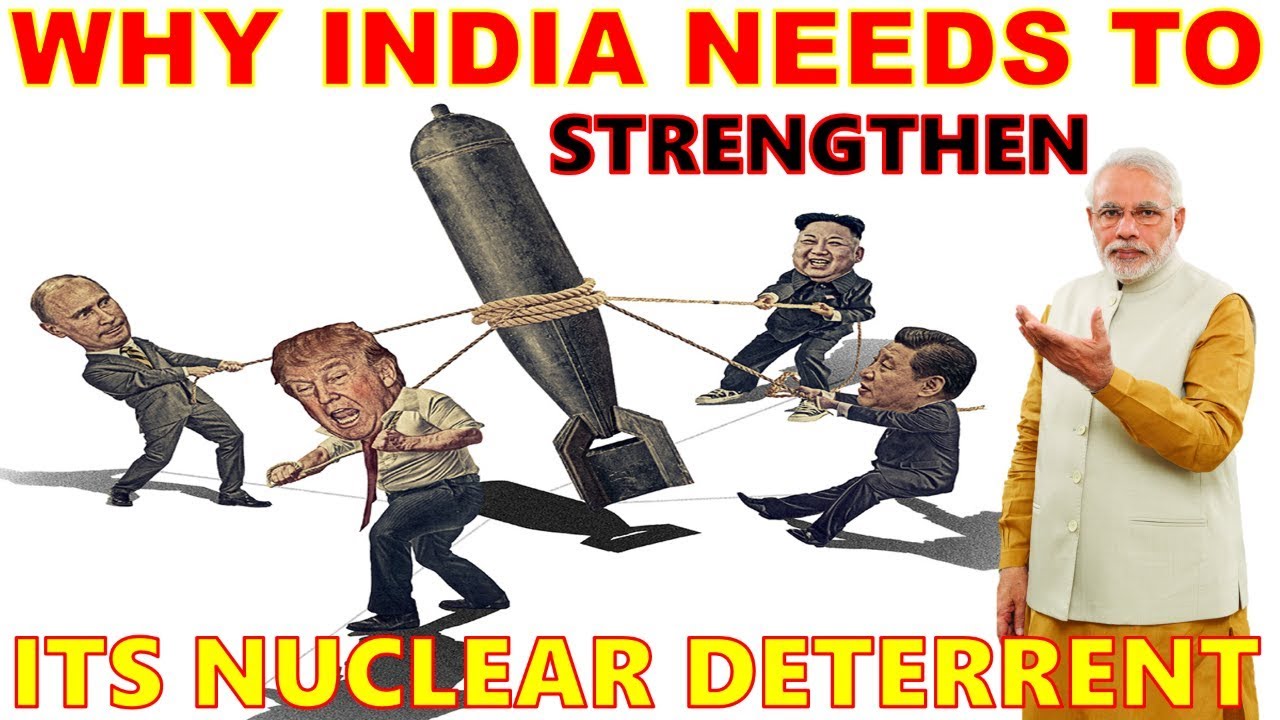By Brig (R) Vinod Anand
While China has opposed the recently announced US Nuclear Posture Review of 2018 it has not been remiss in developing its nuclear arsenal both quantitatively and qualitatively.
Towards the end of January China tested a DF-5C intercontinental ballistic missile equipped with 10 multiple independently targetable reentry vehicles (MIRVs). This was a quantum jump from the three warheads of the earlier version DF-5B missile.
Earlier in November China conducted two flight tests of a new missile DF-17 that was attached to a hypersonic glide vehicle (HGV). China has been the first to conduct such tests even though the US and Russia have been working on the same. The HGV can reach a speed of Mach 5 plus speeds thus capable of delivering nuclear warheads at the target in a matter of minutes.
While this has implications for the US it would also impact India’s evolving nuclear deterrence capabilities that are being built around boosting its missile defence and strike capabilities.
Towards the end of 2017 India conducted its third interceptor missile test to enhance its Ballistic Missile Defence (BMD) capabilities. On January 18, this was further supplemented by India successfully conducting a pre-induction test of Agni-V intercontinental ballistic missile which has a range of 5000 kilometers. Both tests were designed to develop and strengthen the credibility of India’s nuclear deterrent.
The BMD test was part of phase two of the ongoing development of India’s two layered BMD system wherein Advanced Air Defence interceptor missile takes on the incoming ballistic missiles in the endo-atmosphere up to low altitudes of 20 to 40 kilometers. The phase one included testing and development of Prithvi Air Defence Missile (PAD) Interceptor and Prithvi Defence Vehicle (PDV) designed for intercepting enemy missiles at exo-atmospheric high altitudes of 50150 kilometers. Phase 2 is intended to give India capabilities in the class of the US Terminal High Altitude Area Defence (THAAD).
The second phase was to be completed by 2016 giving India the technical capability to take on ICBMs with ranges over 5000 kilometers. Apparently, the programme has been somewhat delayed.
There has been considerable debate on the value and worth of BMD systems given that such systems can be penetrated by attacking missiles by a variety of means. The missiles are armed with MIRVed warheads enhances the quality of the attack. Similarly, HGVs would be able to confound the BMD systems. Further, low flying Cruise missiles can also penetrate the missile defences though they have limitations of having short ranges.
India’s No First Use Doctrine is also a compelling factor to strengthen missile defence capabilities in order to enhance the survivability of its nuclear arsenal. Though there has been some debate on the question of India jettisoning its NFU to overcome the nuclear challenges from Pakistan.
China’s evolving BMD capabilities as also technological upgradation of its offensive missiles degrade the value of India’s strategic deterrent against China. While Beijing might avow that their BMD is meant for the U.S. arsenal yet, equally it erodes the value of New Delhi’s nuclear deterrent.
If India has to maintain the credibility of minimal nuclear deterrent vis-à-vis China or for that matter Pakistan then besides strengthening the missile defence India needs to upgrade its strike capabilities. Developing ICBM like AGNI VI with MIRVed warheads is inescapable.
While DRDO has been working on developing hypersonic vehicle there have been reports that it may take ten years to conduct a test. Other qualitative improvements of our missiles to beat the adversary’s BMD systems is also an imperative.
Vinod Anand is Senior Fellow with Vivekananda International Foundation, New Delhi.


